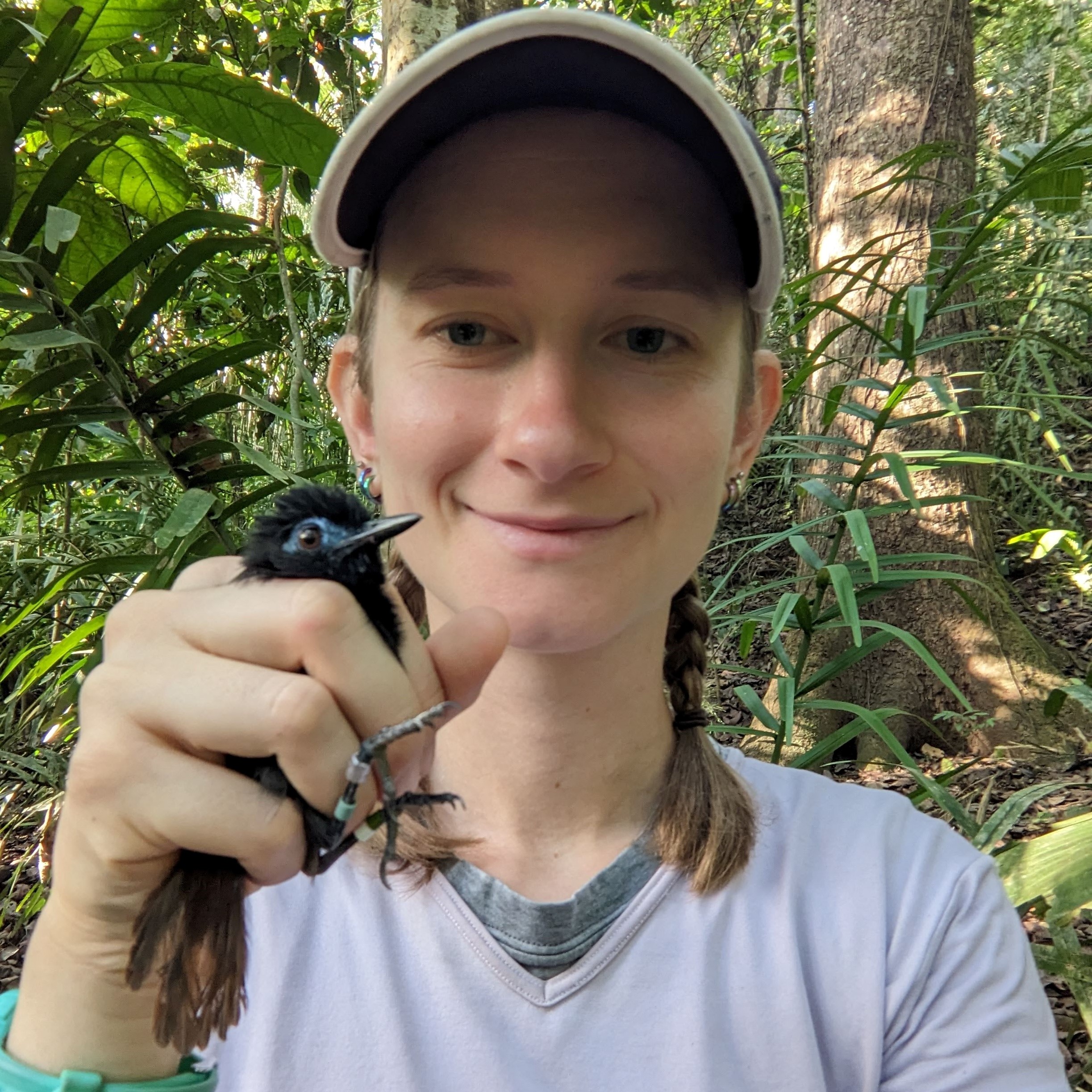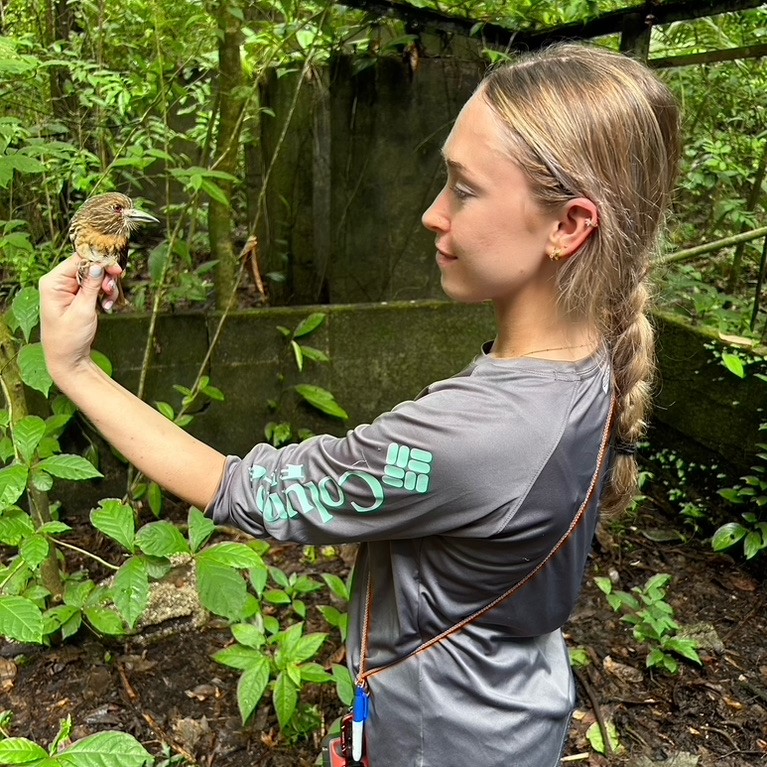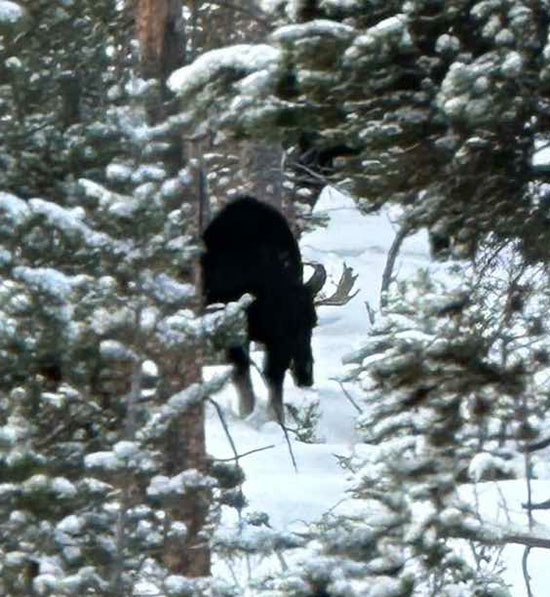No Slides Entered.
Four UW Students to Present Bird Research During WYOBIRD Science Café Jan. 24
Four University of Wyoming students with a focus on studying birds will present their research to the public during a Science Café Wednesday, Jan. 24, at 6 p.m.
The event, co-hosted by UW’s Biodiversity Institute and WYOBIRD (Wyoming Bird Initiative for Resilience and Diversity), will take place at Bond’s Brewing Co., located at 411 S. Second St. in Laramie.
The four UW graduate students will present casual talks about their research, with time for a question-and-answer session following each talk and at the end of the event.
“The Biodiversity Institute regularly holds Science Cafés, informal events where members of the public are invited to come learn about the latest biodiversity research from University of Wyoming graduate students,” says Brett Addis, associate director of the Biodiversity Institute. “Each café typically includes three to four short presentations, with plenty of time to ask questions and socialize. We hope that these events create opportunities for open dialogue about exciting biodiversity research with the broader Wyoming community.”
The four UW graduate students and their projects are:
-- Emily Shertzer, “Tracking sagebrush songbirds during understudied periods.” Shertzer, of Philadelphia, Pa., is a Ph.D. student in the UW Department of Zoology and Physiology, and the Program in Ecology and Evolution. She is expected to graduate in December.
Her research is focused on studying the impacts of natural gas development on the full annual cycle of three species of sagebrush-obligate songbirds -- Brewer’s sparrow, sagebrush sparrow and sage thrasher -- by looking at survival and habitat selection during understudied life stages.
-- Kim Jordan, “Tropical Birds and Traits over Time” (title subject to change). Jordan, of Burleson, Texas, is a master’s student of zoology and physiology. She is expected to graduate in May.
Her current research interests lie in quantitative population ecology and community stability.
“I hope to address important questions related to the conservation of tropical birds while exploring topics related to demography, species traits and temporal synchrony in population dynamics,” Jordan says. “For my M.S. research, I am analyzing data collected on individually marked birds in central Panama since the 1970s.”
-- Don Jones, “Baby birds and burrowing bugs: The prevalence and effects of nest parasites on sagebrush songbirds in Wyoming.” Jones, of Laramie, is a master’s student of zoology and physiology.
His research, which took place in the Upper Green River Basin, focuses on host-parasite relationships.
“I seek to understand what factors govern ectoparasite prevalence in sagebrush-obligate songbirds and what fitness effects parasites have on these declining species,” Jones says. “I also am investigating whether climate change and habitat alteration may be affecting parasite prevalence and abundance in this system.”
-- Erin Stewart, “Battle of the Banded: Territorial Behavior in a Duetting Tropical Bird.” Stewart, of Seattle, Wash., is a master’s student of zoology and physiology who is expected to graduate in May.
Stewart studies how birds use songs to compete for resources, using chestnut-backed antbirds in Panama as a model system.
“These birds form long-term pair bonds and jointly defend permanent territories using a combination of solo songs and duets,” she explains. “Birds vary widely in singing effort and skill, and my research involves examining how this variation relates to a bird’s ability to successfully defend its territory against intruding birds.”
Share This Post

Erin Stewart, a University of Wyoming master’s student of zoology and physiology, holds a chestnut-backed antbird in Soberania National Park in Panama.

Kim Jordan is a second year MS student in the Tarwater Lab where she studies tropical birds in Panama.Pictured Kim is holding a bird in Soberania National Park in Panama.
Social Media
Latest News



Archives
- All
- December 2025
- October 2025
- August 2025
- July 2025
- June 2025
- May 2025
- April 2025
- March 2025
- February 2025
- January 2025
- November 2024
- October 2024
- September 2024
- August 2024
- July 2024
- June 2024
- May 2024
- April 2024
- March 2024
- February 2024
- January 2024
- December 2023
- November 2023
- August 2023
- July 2023
- April 2023
- September 2022
- August 2022
- July 2022
- June 2022
- May 2022
- April 2022
- March 2022
- February 2022
- January 2022
- December 2021
- November 2021
- October 2021
- September 2021
- August 2021
- May 2021
- April 2021
- March 2021
- October 2020
- August 2020
- July 2020
- January 2020
- March 2019

